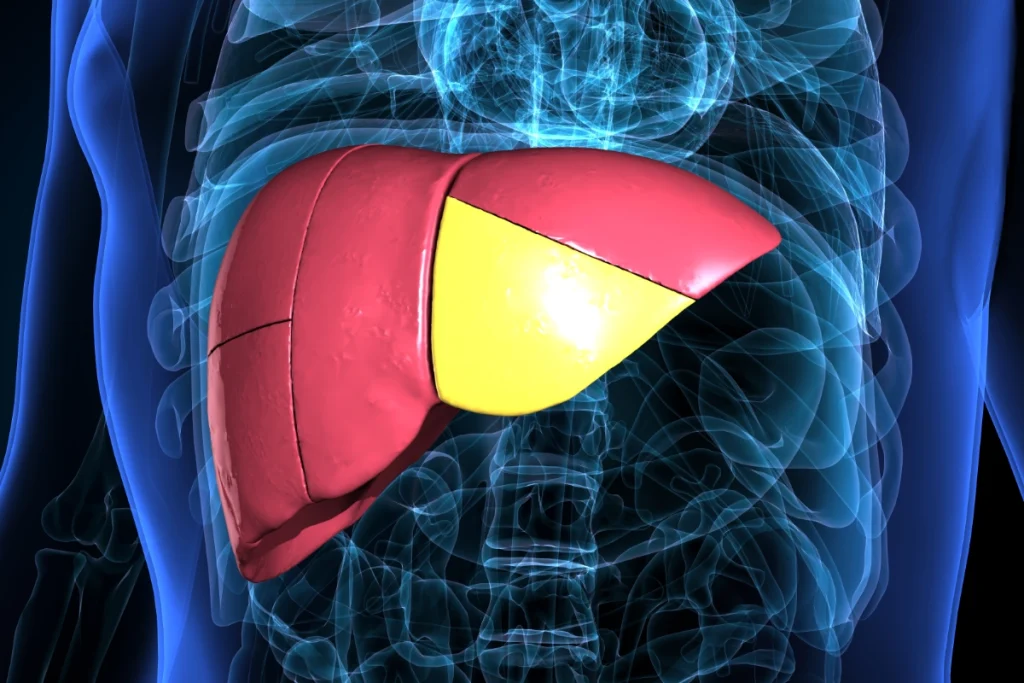Historically ATTR amyloidosis could only be diagnosed by biopsy and for some people this was fine but for many, especially those whose hearts were affected (cardiac amyloidosis), a biopsy of the heart would be too risky. Additionally, waiting for a slot to have the biopsy, the subsequent lab analysis, and another doctor’s appointment to get the results, could add many months to the wait for a confirmed diagnosis and treatment.
However, a few years ago a group of HCPs and scientists from different countries, led by the team at the UK National Amyloidosis Centre (NAC) developed a way of accurately diagnosing cardiac ATTR amyloidosis using a series of easily available and less invasive tests (scans and blood and urine tests), thereby eliminating the need for a heart biopsy in most cases.
This has made it quicker and easier to diagnose cardiac ATTR amyloidosis, and at times help differentiate between AL and ATTR cardiac amyloidosis – an important distinction as the two types are treated very differently.




